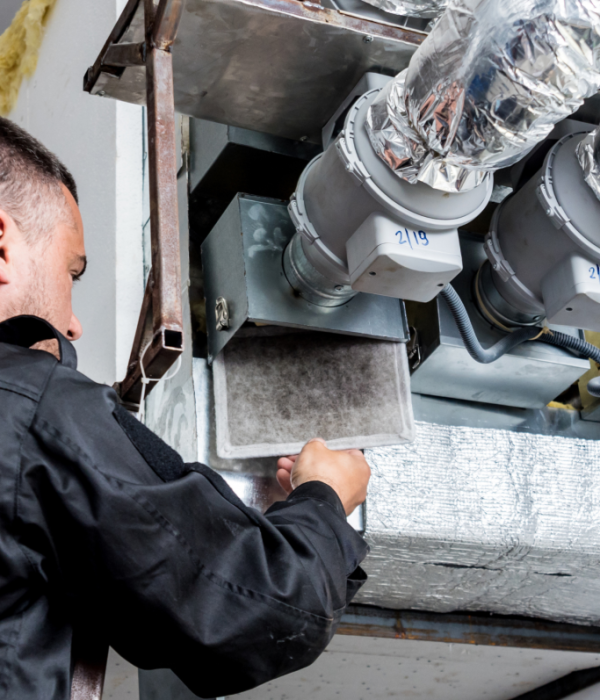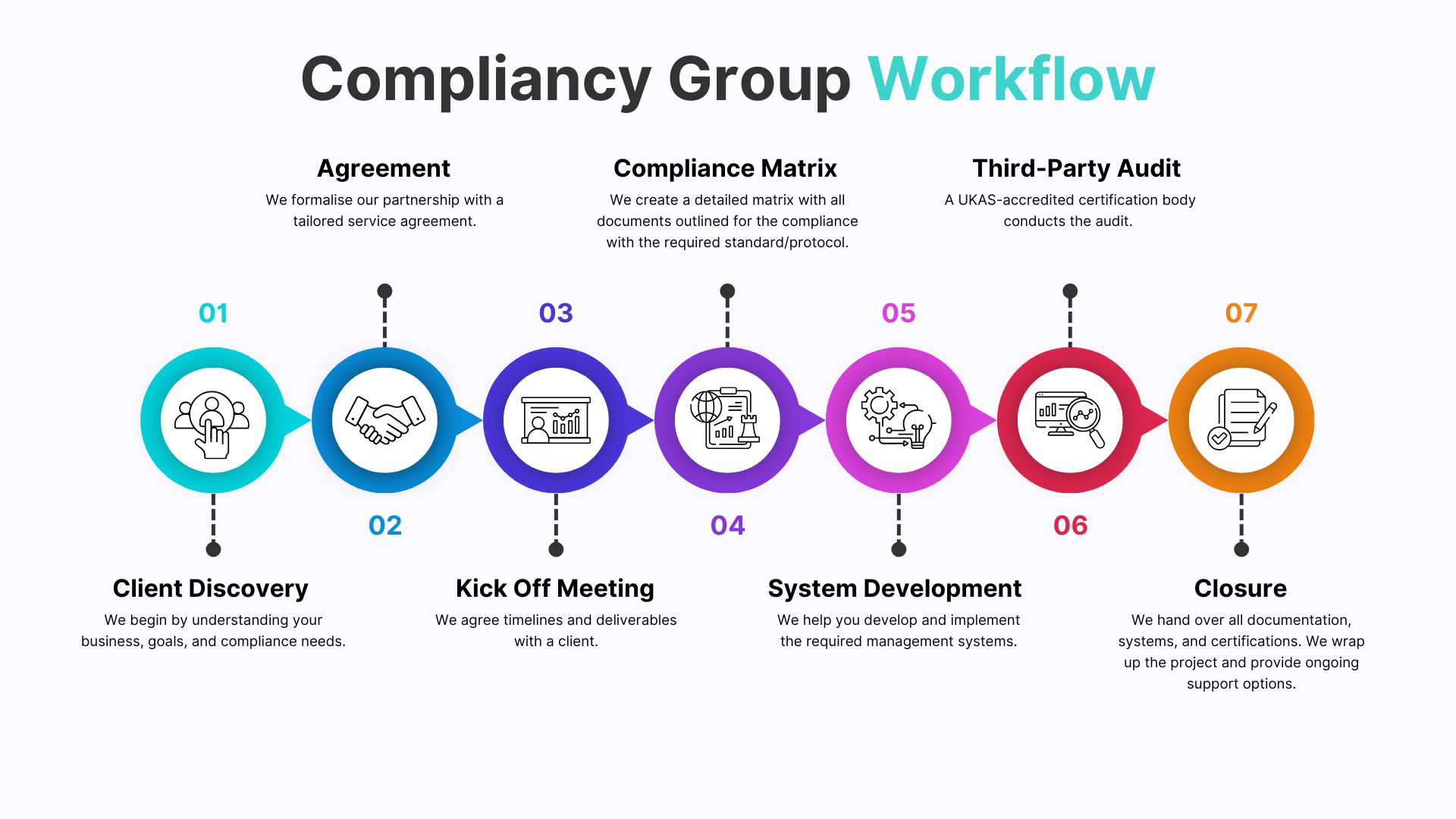We're Here To
Help

A Local Exhaust Ventilation (LEV) Inspection is a critical assessment designed to ensure all extraction systems, hoods, ducts, and filtration units are operating effectively and in full compliance with current regulations. Completing regular LEV inspections demonstrates your business’s commitment to employee health, legal compliance, and proactive risk management – trusted by clients, partners, and regulators across manufacturing, engineering, laboratory, and industrial sectors. With robust LEV management, you reduce the risk of hazardous airborne contaminants, protect your workforce, and maintain operational reliability. Compliancy Group guides you through every step – making LEV compliance clear, practical, and a genuine business advantage.
We understand the complexities of LEV system standards, inspection routines, and regulatory requirements. Our team brings hands-on experience with statutory assessments, best practice checks, and industry-specific solutions.
No one-size-fits-all here. Whether you need initial inspections, ongoing monitoring, documentation support, or compliance advice, our services are fully customised to your operations. We offer flexible support packages—from essential guidance to comprehensive on-site consultancy.
We work exclusively with UKAS-accredited certification bodies and maintain a 100% pass rate for compliance assessments. Our clients trust us to deliver results that stand up to audit and regulatory scrutiny—helping you achieve, maintain, and leverage LEV compliance for business growth.
Compliance shouldn’t slow you down. We help you build safer workplaces, reduce risk, and improve operational efficiency—so you can focus on your core business.
You’ll work directly with our expert team, including leadership involvement from our CEO. We pride ourselves on responsive communication, clear guidance, and ongoing support throughout your compliance journey.
Demonstrate compliance to secure contracts and reassure clients or insurers.
Show your commitment to workplace air quality, legal responsibilities, and industry standards.
Minimise the risk of airborne contaminant exposure, health issues, and costly liabilities.
Enhance your standing as a responsible and trusted organisation.
Regular inspections and compliance checks foster a culture of ongoing safety and operational excellence.
Strengthen Reputation
From initial inspection to ongoing support, our team ensures you’re always prepared and confident.
We streamline compliance processes, freeing up your team to focus on core business activities.
Services are tailored to your specific business needs, not generic templates.
Ongoing support, training, and regulatory updates keep your business compliant long after inspection.
Our 100% compliance pass rate and exclusive partnerships with UKAS-accredited bodies mean you’re in safe hands.

every 14 months The law is that the employer must maintain LEV system performance and should also arrange a thorough examination and test at least every 14 months.
A typical LEV Inspection will cover a check of your documentation, a visual inspection of the system, a detailed examination of all accessible components, airflows and alarm status checks. LEV Testing is a legal requirement under the COSHH Regulations.
Local exhaust ventilation is an extract ventilation system that takes airborne contaminants such as dusts, mists, gases, vapour or fumes out of the workplace air so that they can't be breathed in. Properly designed LEV will: collect the air that contains the contaminants.
These regulations stipulate that all LEV systems must undergo a thorough examination and test at least once every 14 months to ensure they are in good repair and efficient working order.
The objective of a Local Exhaust Ventilation monitoring is to measure the efficiency of removal of contaminants from an exhaust system. Local Exhaust Ventilation assessment is mandatory to be conducted annually, only by a registered Hygiene Technician.
An LEV system's all-important hood is the first component to 'capture' contaminants from the process in question. For this reason, it's usually placed right next to the source. LEV hoods can take different forms to suit the process involved.
LEV systems function by removing dust, fumes, and vapours from the work area, extracting these away from the operator to keep them safe. These systems can be: Ducted Systems: LEV units can be integrated into existing ductwork to expel contaminants into the atmosphere.
If workers are not adequately trained on how to operate the LEV systems or if they fail to use them correctly, the efficiency of these systems will be compromised. For instance, if an operator positions a hood too far from the work process, the contaminant capture efficiency drops significantly.
A typical LEV Inspection will cover a check of your documentation, a visual inspection of the system, a detailed examination of all accessible components, airflows and alarm status checks. LEV Testing is a legal requirement under the COSHH Regulations.